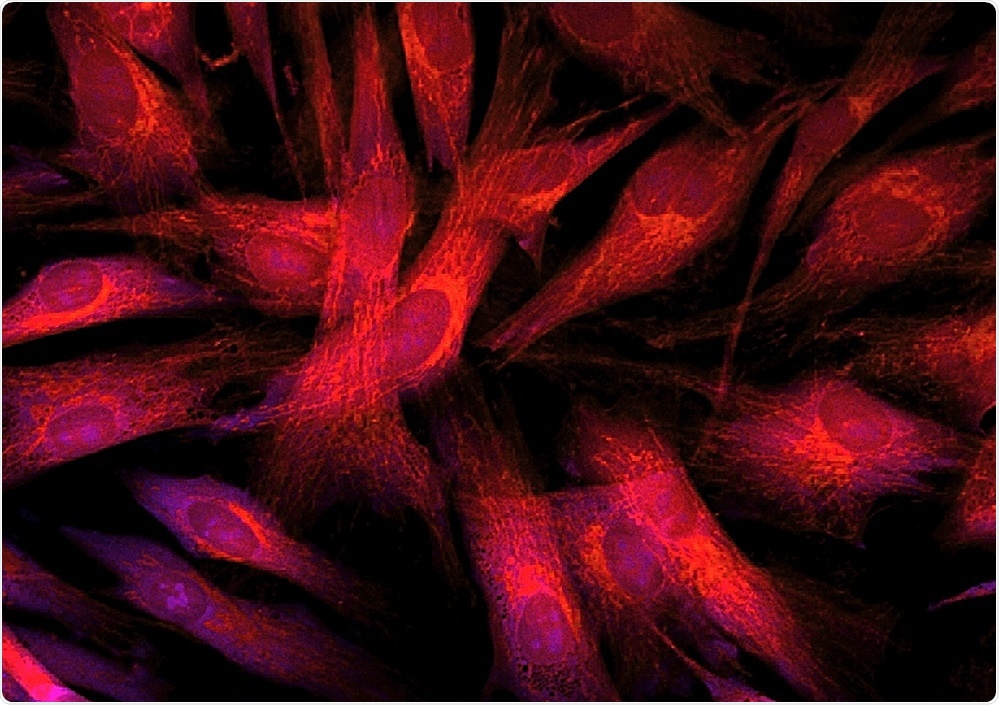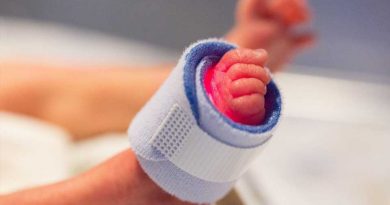Biophotonics Software
By Jeyashree Sundaram, MBA
Biophotonics is a developing multidisciplinary research comprising all light-based technologies in biology.

Credit: Vshivkova/Shutterstock.com
Biophotonics is concerned with the study of generation, transmission, and detection of photons interacting with tissues or biological components and has been highly successful in recent years.
By studying the absorption and emission of light and photon scattering in a sample, researchers have made significant progress in disease diagnosis, treatments, and biotechnology.
Biophotonic software tools facilitate biomedical optical designs and introduce an iterative process that enables researchers to standardize products for outcomes of a certain application.
Examples of biophotonic software packages includes FLIMfit software, opto-mechanical design software, and SHEware.
FLIMfit software for biophotonics
FLIMFIT is a software developed for imaging and investigation of data with time resolution from Fluorescence Lifetime Imaging (FLIM) analysis.
It permits image segmentation and applies high efficient programming that can handle a wide variety of data, ranging from limited photon numbers to complicated decay models. It employs multiple field-of-views over a short time span.
HCA-FLIM in FLIMfit software
HCA-FLIMfit is a free, client based (MATLAB) data acquisition software developed by OMERO. It has the ability to examine microscopic image data from both OMERO server and the local storage disk.
Generally, it is programmed to inspect the data acquired from either time-correlated single-photon counting (TCSPC) instrument or time-gated wide-field FLIM devices.
It offers enough potential to sort open FLIM-HCA data into several contours including mono-exponential, double-exponential, and higher exponential decay contours.
Data fitting in FLIMfit uses a time-changing IRF based on pixels, global fitting or global binning mechanism for assistance.
Opto-mechanical design software
Biophotonic products are designed using opto-mechanical software. This tool directs the engineer through a process that exploits the technical advantages of the device or system in a short space of time.
It also lessens the time required to learn, therefore reducing the cost of developing new products whilst still providing visual and measureable feedback.
TracePro
TracePro is an example of an opto-mechanical software package that is used to model light propagation in imaging and non-imaging systems. Models are generated either by designing 3D geometry within the program or by introducing geometry from CAD program.
TracePro is user-friendly software that allows cooperative working of engineers and scientists for precise simulation of optical systems and for production of complicated and accurate optical models for life sciences. It is used in the analysis of:
- Light scattered in biological tissue
- 2D and 3D light distributions in illumination and imaging systems
- Stray light, scattered light, and aperture diffraction
- Throughput, loss, or system transmittance
- Flux absorbed by surfaces and bulk media
- Crosstalk problems in multiple-path systems
- Birefringence effects
- Polarization effects
- Fluorescence effects
Metamorph
Metamorph is commercial software developed by Universal Imaging Corp. It is used to examine the molecular systems of the mammalian circadian cycle at a single cell level.
Metamorph delays the tracking process in every area of the circadian cycle, meaning traces must be completed by the user manually. Generally, this is due to the larger variation of intensity in the reporter protein level from one frame to another.
Definiens Developer software
The Definiens software uses scattered computing on several processors, allowing simultaneous examination of multiple images.
The algorithm computes numerical measures based on the end results obtained from the image analysis, which is stored in the database along with the copy of the processed image.
Definiens permits both primary and secondary segmentation based on resemblance of image features (e.g., brightness or color, texture, shape, or size).
Constraints (i.e., scale and homogeneity criteria) are used to confirm the exact reproducibility of segmentation whilst the segmentation parameter is calculated using a systematic trial and error method.
CellProfiler
CellProfiler is freeware, modular image analysis software with the ability of handling hundreds of images. CellProfiler measures the size, shape, intensity, and texture of various types of cells in a high throughput manner.
It has the advantage of performing sophisticated processes for the precise identification of crowded cells and non-mammalian cell types in the image examination.
It also has a modular design that enhances the study of new assays and phenotypes. CellProfiler was invented and improved for high-content, two-dimensional images.
IMAGEJ
ImageJ is an easily accessible freeware written in Java that allows accurate dimensions of computerized images following preordained calibration.
It is used for histomorphometric measurements and for other fields of scientific research such as molecular and single cell assessments.
FIJI
Fiji is a distribution of Open Source software by ImageJ. It was composed with Java, Java 3D, and other plugins organized into a lucid menu structure.
Fiji combines recent software procedures to create potent software libraries with a wide range of scripting languages that allow rapid prototyping of image processing systems.
Sources:
- www.photonics4life.eu/…/Software-for-modeling-and-data-analysis
- https://www.ncbi.nlm.nih.gov/pmc/articles/PMC5352269/
- journals.plos.org/plosone/article?id=10.1371/journal.pone.0070687
- https://www.ncbi.nlm.nih.gov/labs/articles/28190060/
- https://www.ncbi.nlm.nih.gov/pmc/articles/PMC3659807/
- https://www.photonics.com/Article.aspx?AID=56061
- https://www.ncbi.nlm.nih.gov/pmc/articles/PMC2915961/
- https://www.ncbi.nlm.nih.gov/pmc/articles/PMC3149986/
- https://www.ncbi.nlm.nih.gov/pmc/articles/PMC1794559/
- https://www.ncbi.nlm.nih.gov/pmc/articles/PMC4581677/
- https://www.ncbi.nlm.nih.gov/pmc/articles/PMC3855844/
- downloads.openmicroscopy.org/…/Bio-Formats-5.1.3.pdf
Further Reading
- All Biophotonics Content
- Biomedical Applications of Biophotonics
- Biophotonics Techniques
- Biophotonics in Cell Biology Studies
- Biophotonics Research
Last Updated: Feb 26, 2019
Source: Read Full Article



